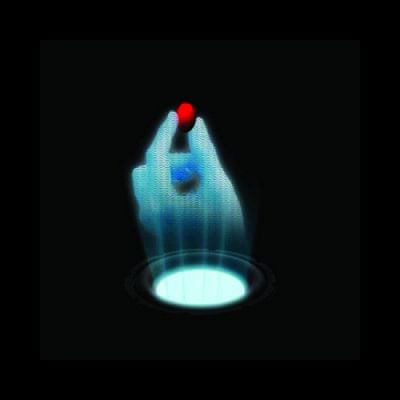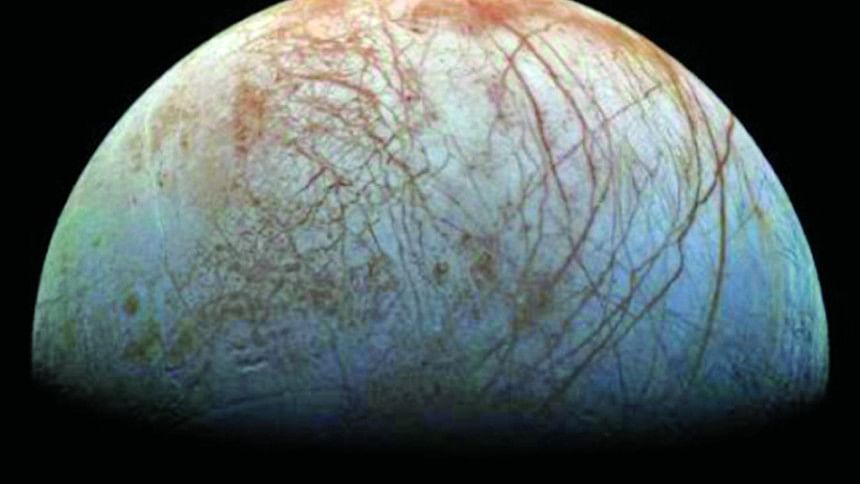Moving Object With Sound

A team of researchers from the Universities of Bristol and Sussex in collaboration with Ultrahaptics has built a novel sonic tractor beam that can lift and move objects using sound waves.
The concept of tractor beams that can grab and lift objects has been used by science-fiction writers, and programmes like Star Trek, but has since come to fascinate scientists and engineers. Researchers have now built a working tractor beam that uses high-amplitude sound waves to generate an acoustic hologram which can pick up and move small objects.
The technique, published in Nature Communications, could be developed for a wide range of applications -- for example, a sonic production line could transport delicate objects and assemble them, all without physical contact. On the other hand, a miniature version could grip and transport drug capsules or microsurgical instruments through living tissue.
Asier Marzo, PhD student and the lead author, said: "It was an incredible experience the first time we saw the object held in place by the tractor beam. All my hard work has paid off, it's brilliant."
Bruce Drinkwater, Professor of Ultrasonics in the University of Bristol's Department of Mechanical Engineering, added: "We all know that sound waves can have a physical effect. But here we have managed to control the sound to a degree never previously achieved."

Probing the mysteries of Europa
Jupiter's moon Europa is believed to possess a large salty ocean beneath its icy exterior, and that ocean, scientists say, has the potential to harbor life. Indeed, a mission recently suggested by NASA would visit the icy moon's surface to search for compounds that might be indicative of life. But where is the best place to look? New research by Caltech graduate student Patrick Fischer; Mike Brown, the Richard and Barbara Rosenberg Professor and Professor of Planetary Astronomy; and Kevin Hand, an astrobiologist and planetary scientist at JPL, suggests that it might be within the scarred, jumbled areas that make up Europa's so-called "chaos terrain."
"We have known for a long time that Europa's fresh icy surface, which is covered with cracks and ridges and transform faults, is the external signature of a vast internal salty ocean," Brown says. The areas of chaos terrain show signatures of vast ice plates that have broken apart, shifted position, and been refrozen. These regions are of particular interest, because water from the oceans below may have risen to the surface through the cracks and left deposits there.
"Directly sampling Europa's ocean represents a major technological challenge and is likely far in the future," Fischer says. "But if we can sample deposits left behind in the chaos areas, it could reveal much about the composition and dynamics of the ocean below." That ocean is thought to be as deep as 100 kilometres.
Source: Sciencedaily.com

 For all latest news, follow The Daily Star's Google News channel.
For all latest news, follow The Daily Star's Google News channel. 



Comments